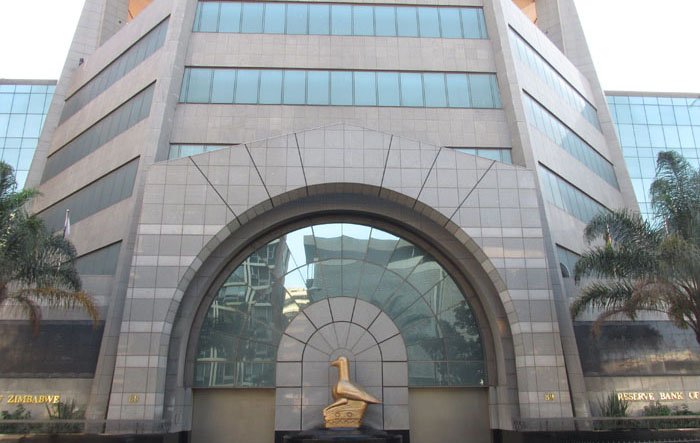RBZ’s OMOs keeping money supply on tight leash
The value of open market operation bills that the Reserve Bank of Zimbabwe is using to mop up liquidity from the banking sector is currently standing at $4 billion, as the central bank continues to keep an eye on the level of money supply in the economy.
Open market operations (OMO) in various forms are the main mechanism through which central banks provide or withdraw liquidity to/from the money market and signal the stance of monetary policy.
Higher levels of money supply growth of more than 100 percent for the past few years have been blamed for destabilising both exchange rate and price stability in the economy.
While on the parallel market the local currency would trade at a significant premium to the official exchange rate, inflation rallied to peak at 837 percent in July 2020.
This prompted the central bank to introduce a contractionary monetary policy amid efforts to reduce money supply in the economy to prevent excessive speculation. The RBZ adopted the monetary targeting framework for monetary policy and has been using OMOs to keep money supply levels in check.
For the better part of last year, Reserve Money averaged $13 billion and only increase to above $18 billion in December in line with the payment of salaries and bonuses.
The strict control of money supply through monetary targeting framework has managed to slow down inflation to below 5 percent, monthly, while the annual inflation rate closed 2020 at 348 percent.
The exchange rate has been stable for more than 5 months now.
The RBZ has been able to stay the course on the monetary targeting framework which entails the central bank to keep an eye on the growth of reserve money. The apex bank has been able to manage the growth in money supply of M0 through a number of open market operations.
One such instrument that the central bank has been using to mop up excess liquidity from the banking sector are savings bonds where banks are earning 5 percent per annum, in interest.
These are short term instruments that moderate money supply.
The central bank sells the OMO Bills when it wants to take money from the market and release them when banks need their money.
Speaking to Business Weekly, RBZ Governor Dr John Mangudya said to date there is $4 billion in form of OMO bills.
“These will be released as and when banks require their liquidity to meet financial transactions for their customers.”
Dr Mangudya said the ultimate figure is thus a moving figure. He said taxation is another form of managing money supply. When firms pay their taxes, the money goes to Treasury’s account with the central bank only to be released to the market when government wants to pay for goods and services.
While over the years Government would consistently borrow from the central bank and ran an overdraft, the past year saw Treasury maintain a positive balance with the apex bank.
Dr Mangudya said the central bank has not been printing money and has been “guarding jealously” the printing of money even for medium term financial facility.
“There is minimal creation of money by the reserve bank. The only money that has been done is the medium term financing facility which is for the productive sector,” Dr Mangudya said.
He however said from November up to now, there has not been any creation of money except for the notes and coins in circulation which is money that is already in the market.
Dr Mangudya said the central bank will this year stay the course for financial sector, monetary and fiscal sector stability. Meanwhile, at the last count on 31st December 2020, Reserve Money decreased by $1.11 billion to $18.76 billion, compared to the position as at week ending 18th December 2020.
The fall in reserve money largely reflected a decline of $1.24 billion in banks’ liquidity at the Reserve Bank (RTGS Balances), which was partly offset by increases of $102.54 million and $25.65 million in required reserves and currency issued, respectively.
The decrease in market liquidity over the period under review was largely due to liquidity management operations of the Bank, through issuance of saving bonds to banks.-businessweekly












